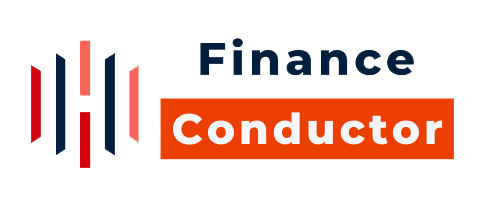Insurance is a financial contract between the provider (insurer) and the policyholder (insured). It is essential to research insurance companies and their policies to ensure the best coverage and coverage.
The parties who agree to an insurance policy are the policy’s provider (insurer) and the policyholder (insured). Here, the insurer guarantees to compensate the policyholder for financial losses caused by the insured event.
When something bad happens, that’s the contingency. It might be something like the insured passing away or the property being severely damaged or destroyed.
Types of Insurance:
There are five main types of insurance, including:
1. Life insurance.

In the case of a sudden passing, your dependents will be financially protected if you have life insurance. If you are your family’s primary or ingle provider, you should strongly consider purchasing life insurance. In the event of the policyholder’s untimely death, the beneficiaries of the life insurance plan receive a death benefit.
2. Health insurance

To afford costly procedures, many purchase health insurance. Numerous illnesses and injuries are covered by the various health plans available. Both broad medical coverage and coverage for specific conditions are available from insurance companies. The expense of medical care, hospitalization, and prescription drugs are often covered by the premiums people pay for health insurance.
3. Car insurance

Insurance for one’s automobile is a need in the modern world. This coverage safeguards you against calamities like vehicle mishaps. Insurance policies sometimes cover cars damaged by floods or earthquakes. It protects you from having to pay the medical bills or repair bills of other drivers in the event of an accident.
4. Education Insurance

When your child reaches the age of eligibility for higher education (18 or older), they may be eligible to receive a lump sum payment from an education insurance policy. This account will cover your child’s future college costs. The child is the life assured or beneficiary under this policy, while the parent or legal guardian is the policyholder.
5. Home Insurance

Home insurance can help cover loss or damage caused to your home due to accidents like fire and other natural calamities or perils. Homeowners insurance also protects against natural disasters like earthquakes and lightning.
Top-10 Insurance Companies
- Life Insurance Corporation of India:- LIC’s strong client service is available via its digital platform, branch offices, and other partnerships, making its services very convenient for its consumers.
- Max Life Insurance Company:- It boasts many items, multiple distribution methods, and excellent customer service, all contributing to its robust online presence.
- HDFC Life Insurance Company:- HDFC Life has a reliable online platform, so its services are simple to obtain.
- ICICI Prudential Life Insurance:- It has a wide variety of products for long-term security and savings for its clientele.
- Tata AIA Life Insurance Company:- Tata AIA Life has you covered from head to toe with a wide range of products and services that cover everything from basic safety to long-term financial security.
- Bharti AXA Life Insurance Company:- Most programs, including savings and security plans and medical group insurance, are available through an easy-to-use website.
- Bajaj Allianz Life Insurance Company:- The creative goods and prompt service of Bajaj Allianz Life Insurance are well-known.
- SBI Life Insurance Company:-Depending on the policy, SBI Life Insurance clients can take advantage of various perks.
- Reliance Nippon Life Insurance Company:- When it comes to insurance, it has you covered no matter what your situation may be. By March 31, 2022, Reliance Nippon Life Insurance had a 98.7 percent claim settlement ratio.
- AEGON Life Insurance Company:- AEGON Life is a cutting-edge firm that excels in digital marketing and product offerings.
How to Select an Insurance Company?
- Compensation pays out percentage:- The claim settlement ratio (CSR) is the proportion of claims paid out by an insurer relative to the total number of lawsuits filed within a particular year. A high CSR indicates that resolving disputes within the organization is straightforward.
- Ratio of Persistence:- The persistency ratio measures the proportion of insurance companies’ total policyholders who have also renewed their coverage. The IRDAI calculates life insurance companies’ persistence ratio at 13, 25, 37, and 61-month intervals.
- The Ratio of Solvency:- The solvency ratio can be understood as the insurer’s financial health. To protect itself against insolvency, the IRDAI requires insurers to keep a solvency ratio of 150%.
- Claims frequency index:- The IRDAI, India’s Insurance Regulatory and Development Authority, releases annual reports detailing each life insurer’s actual claim ratio (ICR). An insurance company’s claims-paying capabilities are reflected in its ICR.
- The Cost-to-Commission Ratio:- Insurance companies have costs such as agent fees, marketing, employee salaries, and other overheads to consider while shopping for and writing new policies. Costs incurred by an insurer as a proportion of premium revenue are expressed as the commission expense ratio.
